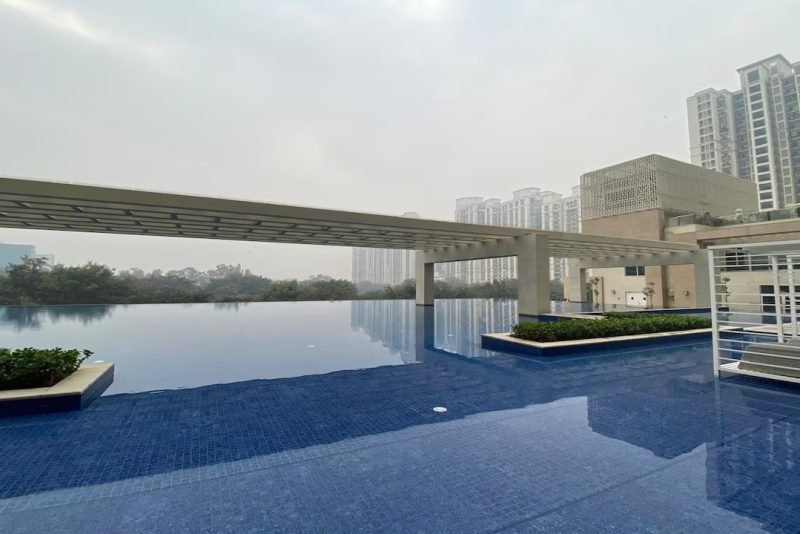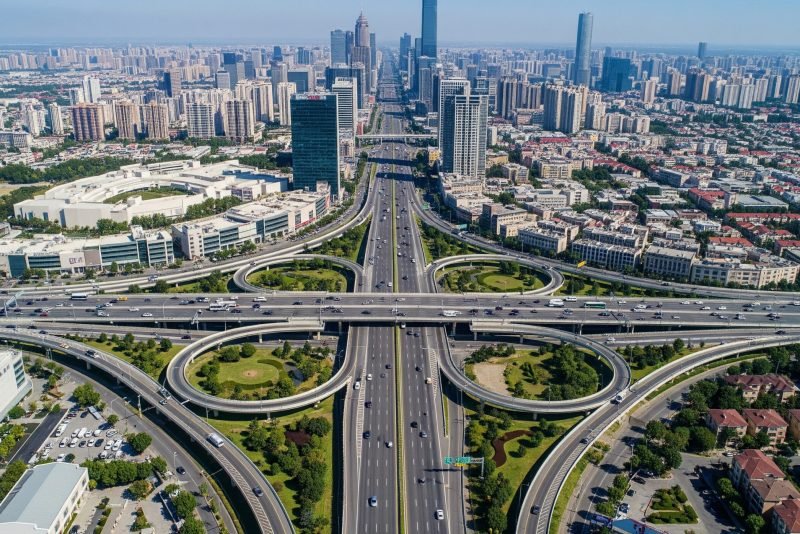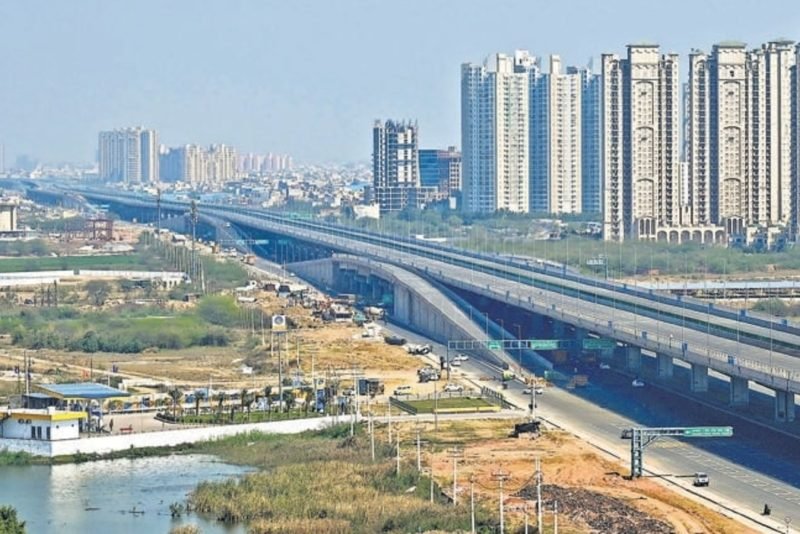An under-construction property can offer flexibility in home design and attractive payment methods. But if things go wrong, you might just have to wait for years to get possession of your dream home.
Glossy full-page advertisements, flexible payment plans, schemes, freebies and decorated sample apartments are among the lures real estate developers use to attract potential homebuyers to newly-launched projects. However, if you are planning to buy an apartment in an under-construction project, make sure you are aware of the pros and cons of buying such a property. While there are advantages of buying an apartment in under-construction projects, there are risks as well. Evaluate the benefits and drawbacks before you make a decision.
First, let’s first look at the bright side.
Competitive pricing
Typically, new projects are launched at a competitive price. “That’s usually at an attractive discount to normal prevailing property rates,” said Rajan Sood, business head, PropTiger. By keeping the price competitive, developers aim to attract prospective buyers and investors looking for price appreciation.
But it also depends on how soon you want to move in. “This (buying into an under-construction project) works for homebuyers who are not in a hurry to move in. Launch rates are attractively lower than a home that has gone past the early stage of construction,” said Indrajit Sidhanta, principal partner and head of business development at property technology platform Square Yards.
Flexible/easy payment plan
Additionally, payment plans are also spread over the construction period. Sood of PropTiger points out that low payments are required during initial stages. For instance, developers typically take up to 5 percent of the property value as booking amount and ask for 10-25 percent in three months to a year. The remaining 75 percent of the property value is then called for as construction progresses, which usually takes three to four years. About 5-10 percent of the property value has to be paid when you take the possession of the apartment.
A ready-to-move-in property, in comparison, would necessitate the entire payment for the property within two to three months.
More choices and possible customisation
An under-construction property gives you ample choices, unlike a secondary or resale market where you have to buy only what is on offer. For instance, you can choose between a higher or lower floor, a view (say a park view or club view) you prefer, the direction (east, west, north or south) you’d like your house to face, and so on.
“Besides, an early-bird homebuyer can choose their favourite unit in a project based on vastu (an ancient Indian science of architecture) and can also indulge in customisation that match their aesthetics,” said Sidhanta. Some developers take in requests to, say, add an extra slab in the kitchen, update bathroom fittings and so on, at a nominal additional cost.
Project Delay
But an under-construction project comes with some serious handicaps that you should be aware of.
The biggest of them all is delay in completion. Funding issues, failure to obtain all approvals within time, legal cases and others can result in project delays. “Newly-launched projects require a string of approvals from building authorities which takes a good amount of time to obtain. Further, the project may get cancelled if the builder doesn’t get the necessary approval or is not financially strong to start the project,” said Sidhanta.
He added that at times the builder can also unnecessarily delay the project if market conditions are not favourable.
Sometimes things are beyond a builder’s control. For instance, most of the under-construction projects of late have been held up due to the on-going Covid-19 pandemic and lockdowns that were imposed last year. Or take the case of the National Capital Region, where recently, construction activity was halted for about a month to rein in rising air pollution caused by construction-related activities.
“If the project is delayed, the end user may end up paying the EMI (equated monthly instalment) along with the rent (that the potential buyer is currently paying) during the extended period. It can be financially stressful,” said Sood. “While RERA (Real Estate Regulation and Development Act, 2016) has put in several new safeguards, construction-linked risks are certainly not a thing of the past,” said Santhosh Kumar, vice-chairman, ANAROCK Group, a property consultancy.
Deviation in construction plan
Completion of projects on time is not the only uncertainty; whether it will get delivered as per the original layout always remains doubtful. You may or may not get the promised quality, fittings and exterior. Moreover, a deviation in apartment size (in most cases apartment sizes increase in the final calculation) may require you to make additional payments for which you may not have planned for.
Limited exit options
It is difficult to exit during the construction period, more so if sales are down and the developer is still left with unsold flats. Moreover, if real estate market is bad, that makes it tougher to sell. In addition to low prices, you may have to pay transfer charges when exiting prematurely. Your developer can also put strictures on premature selling by either imposing a lock-in or higher transfer charges.
Buying an apartment in an under-construction project looks attractive, given the easier payment plans and schemes such as 20:80, no EMI till possession, and so on. But do a complete due diligence and background check on the developer before taking a decision. With a strong, credible developer—whether it is a national player or a reputed local one—it would be safer to invest at an early stage to derive the benefit of lower rates at that point.
However, if the developer does not have a verifiable track record for timely project completion, it is best to invest in either a ready-to-move-in property or in a project where the work is at least 75 percent complete and you can actually see the on-going construction activity, said Kumar.
Also, check the state RERA website and information provided; cross-check the same with commitment made by the developer. Don’t just go by what your developer says, especially if they are verbal commitments. Even today, developers verbally promise to complete the projects within 36-42 months, but delivery dates mentioned on the RERA website say otherwise. Most developers while filing project completion time periods with the RERA mention 72 to 84 months, to avoid penalty and cases in case of delay.
Source : Money Control





